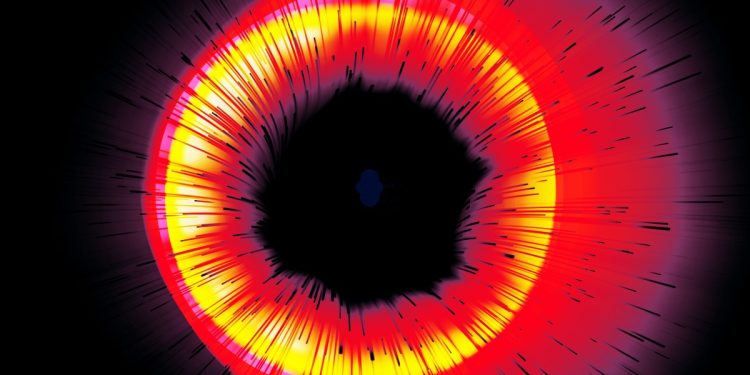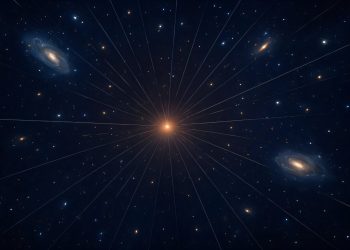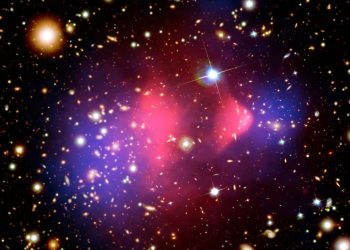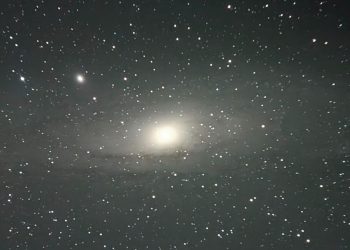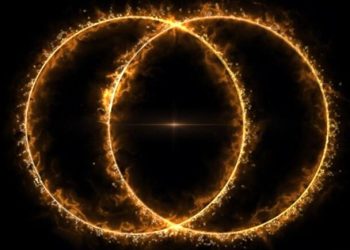Illustration by Tag Hartman-Simkins / Futurism. Source: Getty Images
This summer, astronomers detected a gamma-ray burst (GRB) so powerful that they still have difficulty explaining what caused it. These cosmic explosions are usually produced by stars dying in a spectacular supernova, going off in a matter of moments. as much energy as the Sun will have during its entire life.
But this new one, called GRB 250702B, explodes everything we know about these fearsome explosions. For starters, it lasted seven hours, which is much longer than usual. And it also seemed to repeat itself several times during its execution, which shouldn’t be possible. A GRB is produced by the total obliteration of a star, so how could the same source emit multiple explosions?
Many theories have been put forward since its detection. But a piece of news, published in a study which should be submitted to the journal Monthly Notices of the Royal Astronomical Societyis perhaps the most terrifying yet.
In a reversal of the well-known scenario of a black hole devouring a star, the researchers propose that a star actually swallowed a black hole. Once engulfed, the massive infiltrator begins to tear apart the star’s core and then devour the rest of its host from the inside out, producing an incredibly energetic stream of particles called a jet.
“It’s a GRB-like phenomenon, but it allows for a longer time scale,” said Daniel Perley, an astrophysicist at the United Kingdom’s John Moores University who was not involved in the study. Science.
Death by a black hole is not an unusual fate for a star. The best-known form is tidal disturbances, which occur when a star comes too close to a supermassive black hole weighing millions or even billions of solar masses and often found at the heart of a galaxy. The object’s unholy gravity destroys the star in a stream of matter as it draws closer. Instead of being immediately consumed, the spaghettified stardust is drawn into a swirling disk around the black hole, like water spinning around a drain, emitting enormous amounts of energy.
This latest theoretical theory to explain GRB 250702B turns the idea on its head in several ways. Instead of a supermassive black hole, it is a stellar-mass black hole – or a modest-sized black hole that forms from the implosion of a star – that orbits another star that has had all its fuel burned up. This dying star begins to swell, creating an envelope that exceeds its original size. This pulls on the black hole, causing it to gradually fall into the star’s core. From there, the black hole tears apart the star, creating long jets that appear to us as a GRB.
“The argument made in this paper is very convincing,” said Hendrik van Eerten of the University of Bath in the United Kingdom. New scientist.
The GRB was first detected by NASA’s Fermi Gamma-ray Space Telescope on July 2, appearing as three distinctive bursts. Subsequent observations proved that the source originated well outside our galaxy, up to billions of light years away, ruling out the possibility that it appeared so powerful only because of its proximity.
Other explanations considered by researchers include the collapse of a star under its own weight, or perhaps a tidal disruption event involving an intermediate-mass black hole. However, all of them have glaring problems – so the mystery continues to consume astronomers.
Learn more about space: Astronomers detect mysterious dark object in distant galaxy


